![]()
![]()
![]()
Use LEFT and RIGHT arrow keys to navigate between flashcards;
Use UP and DOWN arrow keys to flip the card;
H to show hint;
A reads text to speech;
13 Cards in this Set
- Front
- Back
|
Utthita Trikonasana
|
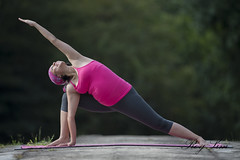
Extended Triangle Pose |
|
|
Utthita Parsvakonasana
|

Extended Side Angle Pose |
|
|
Virabhadrasana II
|
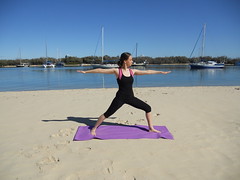
Warrior 2 |
|
|
Vrksasana
|
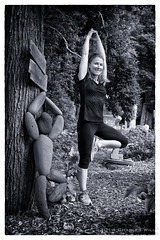
Tree Pose |
|
|
Ardha Chandrasana
|
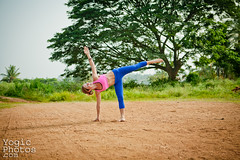
Half Moon Pose |
|
|
Parighasana
|
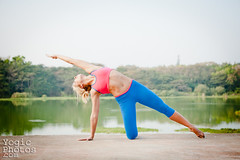
Gate Pose |
|
|
Malasana |
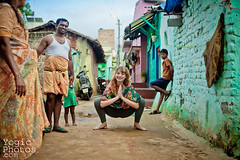
Garland Pose |
|
|
Malasana
|
Modified Version |
|
|
Alignment Principles
|
Maintain front heel to back arch alignment. |
|
|
Benefits
|
Increase the range of motion in the hip joint |
|
|
Common Misalignment and Risks
|
Front sitting bone not drawn under-can cause the torso to collapse toward the floor and the front knee to move out of alignment with ankle which strains the knee. |
|
|
Contraindications
|
Frailty, problems with balance (props can be used) |
|
|
Miscellaneous
|
In lower level classes, we sequence at least two externally rotated poses before the more demanding asymmetrical neutrals. This is because the externals warm up and educate the hips/ legs in a safe and accessibe way. |

